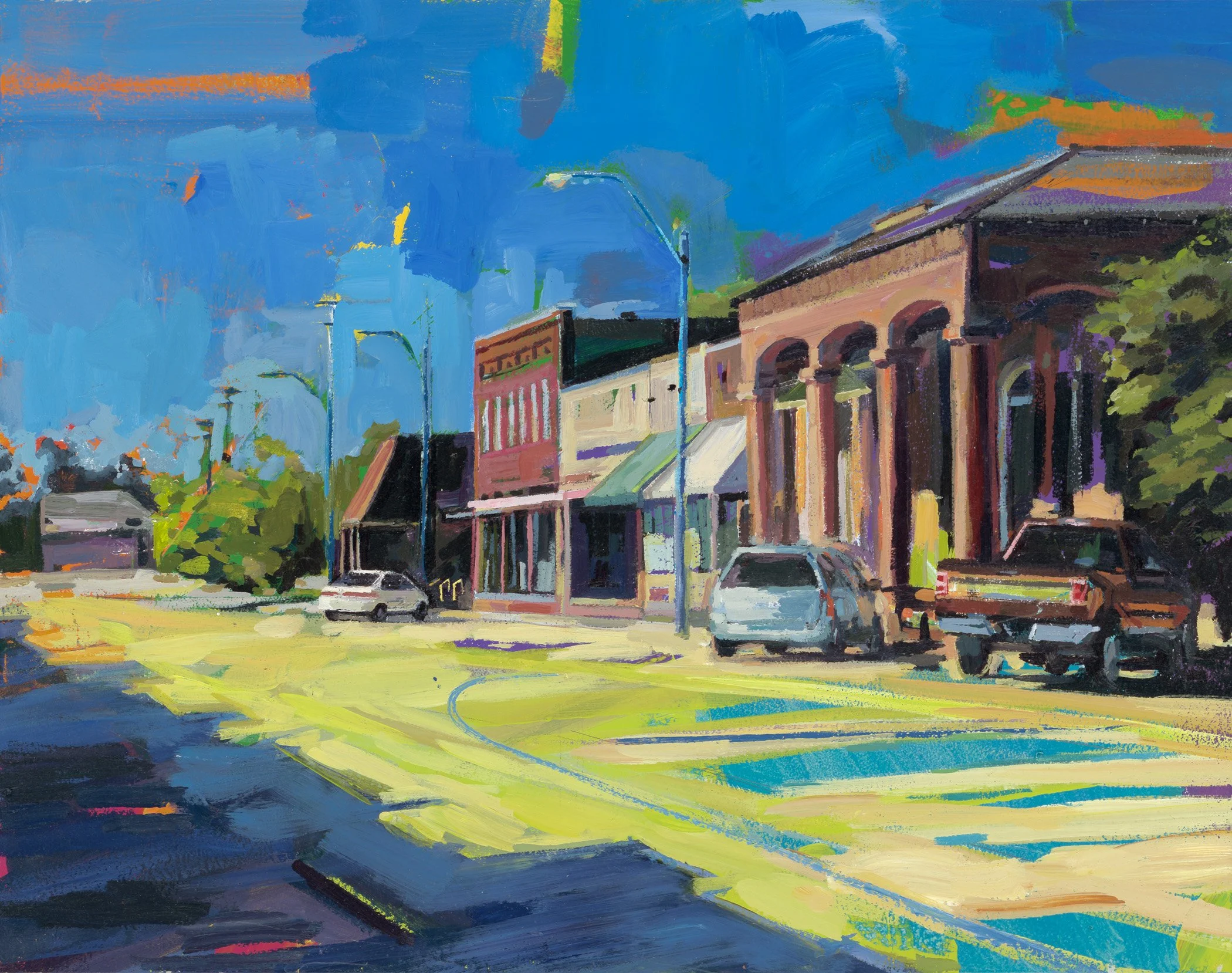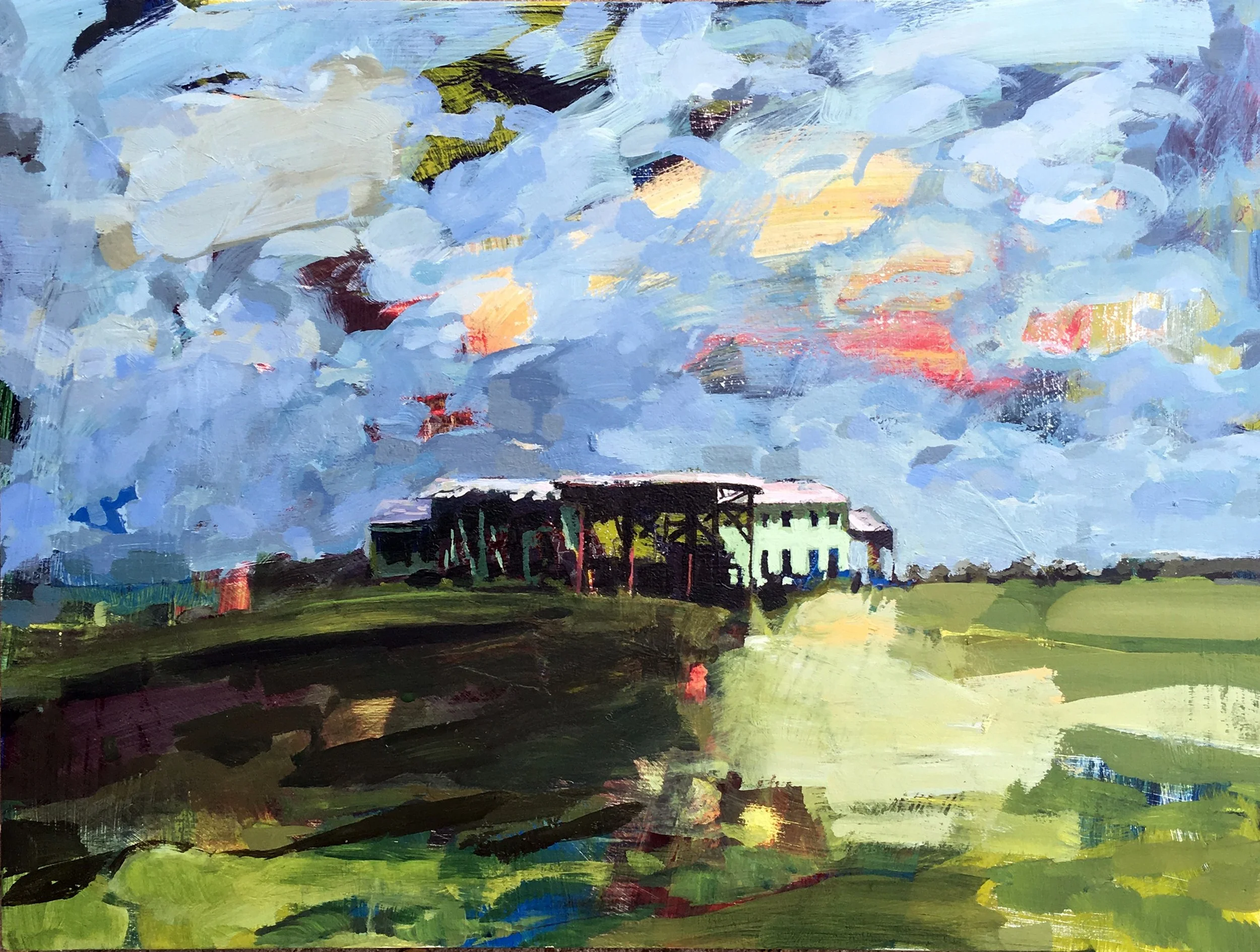Why Assets Matter More Than You Think
A common thread linking just about everyone I’ve interviewed for the WGP is a deep emotional connection to their chosen place. Like a magnet, these almost indescribable bonds stem either from the feelings that the site conjures up, the significant history of the place, the promise of a better future, or priceless childhood memories.
I don’t often like to speak in generalities, but I would venture to guess that we all have that pull to some place, and that those emotional ties give us inklings about what we value. And if enough folks feel that way about a person, place or thing in our communities, it’s fair to say we’ve uncovered an asset.
(I hate to reduce emotional connection to something as dry-sounding as “asset,” but here we are.)
I had never really thought deeply about the concept of community assets until I started working for Iowa State Extension and Outreach. I mean, all of us evaluate what we believe to be good or bad for our communities on the regular. See: any location-based Facebook community or any local letters to the editors. Hell, you could sit at any bar in America and know pretty quickly what folks think about where they live.
But I hadn’t thought about what actually makes a good community, beyond my own piddling biases.
Dockside stems from an archived photograph of two Pine Lake State Park Conservation Officers, including Officer Gene "Bud" Bloudek on the left. Andy Place, Pine Lake State Park Ranger, first showed me this photo, and I later stumbled upon it in a photo album at the Civilian Conservation Corps Museum in nearby Eldora, Iowa. The dedication of the album reads, "..What does Pine Lake do for us? She embraces our family and friends as we celebrate time together. Her majestic trees and soothing waters give us peace in a hectic world. She nurtures our bodies with scenic trails for exercise and inspiring views for rest. She gives us quiet paths and peaceful shores for reflection and prayer. She restores our minds, bodies, and souls. Pine Lake gives us so much. She is a special place and we love her dearly. Because of all she does for us, we dedicate this book to our beautiful friend, Pine Lake State Park."
The ABCDs of Asset-Based-Community Development
So, stumbling upon the concept of Asset-Based-Community-Development (ABCD) was both a treasure trove of insight and a call to action to curb my own tendency toward bitching.
What is an asset? In a nutshell, unlike a financial asset, a community asset is a person, place, or thing that can be identified as improving the quality of community life. That’s an important distinction because we can all make the case for many persons, places, or things that improve our personal quality of life. I would argue that if our personal comfort comes at the expense of the greater community’s comfort, it’s not a community asset.
Examples are, but certainly not limited to:
· solid public schools
· good water quality
· public green spaces
· community festivals
· an active retiree population - yes, you read that right.
Why look for Assets?
According to the Community Toolbox from the University of Kansas, the simple act of identifying community assets can lead to greater community improvement by “enabling residents to gain control over their lives.” The good folks at KU also say that
“You can't fully understand the community without identifying its assets. Knowing the community's strengths makes it easier to understand what kinds of programs or initiatives might be possible to address the community's needs…..When efforts are planned on the strengths of the community, people are likely to feel more positive about them, and to believe they can succeed. It's a lot easier to gain community support for an effort that emphasizes the positive - "We have the resources within our community to deal with this, and we can do it!" - than one that stresses how large a problem is and how difficult it is to solve.”
Finally, Nurture Development, a European organization focused on ABCD, waxes way more poetic than I ever could:
“[ABCD] also asks searching questions of those who seek to define certain neighbourhoods by the sum of their deficits, challenging them to open their eyes and see what is actually before them. Being actively present to the capacities and resources that exist in every community (which include the gifts of individual residents, associational inventiveness, environmental fruitfulness, cultural heritage, and economic possibilities) becomes difficult when you view the people and place you serve by the sum of their problems.
Take that, naysayers.
For the deep-diving nerds like myself, check out more information on ABCD below. I am no expert on this topic and would love to learn more. Comment below to let me know about other resources, best practices, and case studies.
Jennifer Drinkwater, White Noise, acrylic on wood panel, 36” x 48”, 2021. Now available as a limited edition print.
This painting captures the resilience of McFarland Parks’s grassland, an Ames, Iowa, asset nestled next to I-35.
Interested in how bringing artists into your community can increase ABCD? Check out the blog post Artist in Residence Programs: Filed under Future Community Art Toolkit Ideas.
Want to get started with a creative community project to jumpstart your ABCD? I’ve got three free Creative Community Toolkits to get you started:
Wanna jump on the mural train? Download the Community Mural Toolkit.
Know knitters? Check out Yarn Bomb! A Toolkit for Community Fiber Projects



